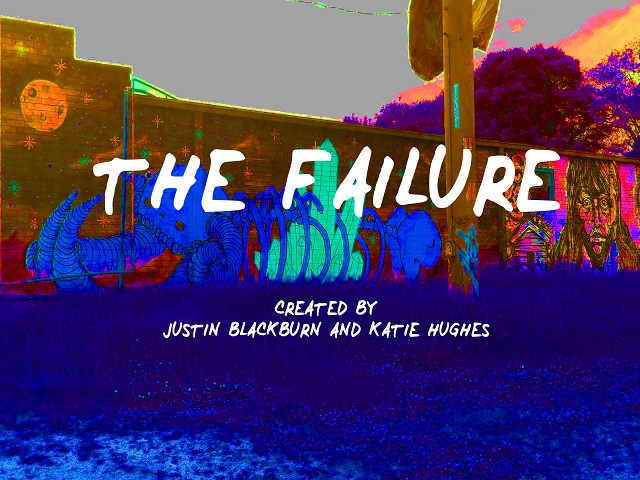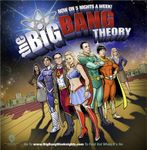
Whilst between projects, having already written a book on Siegel and Shuster (Boys of Steel: The Creators of Superman) and assembling material for another title on Bill Finger work on Batman, author Marc Tyler Nobleman created a website to host an impressive series of interviews with ‘lost’ stars of comic bookdom from the 1970s and 80s. The assembled interviews can be found here, and star forgotten luminaries such as the voice cast of Super Friends, members of the Sea World superheroes water ski show, an actor and director from 1981’s The Plastic Man Comedy Show and even ‘the pimp’ from Richard Donner’s Superman the Movie. 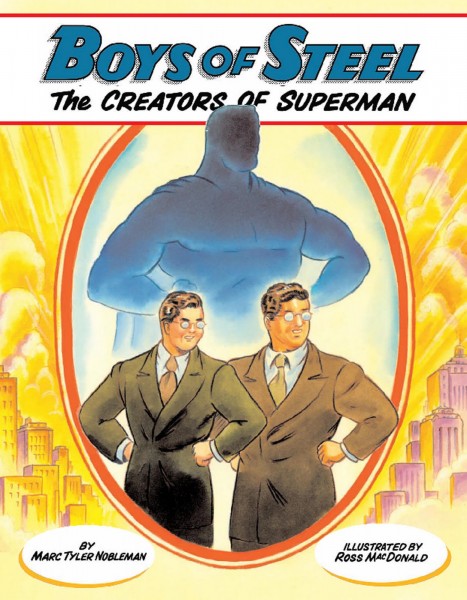
The inspiration for the project came from Nobleman’s desire to provide “superhero content available nowhere else”, as a tribute to an era that, in sharp contrast to the present-day obsession with all things caped, remains largely undocumented. There is also the pleasure of looking back on offer, with Nobleman himself a confessed nostalgist. “People of my generation (born circa 1972) who pay attention to superheroes would appreciate at least some of this, especially since my goal was to focus on the performers we have not heard from much, if at all. So no Adam West, no Lynda Carter.”
Today as well we enjoy the advantages of tracking down these bit-part players of our favourite childhood films and shows courtesy of Google’s all-encompassing grasp. “If social media had existed in the 1980s, none of these people – even ones who did not stay in the business – would have ever faded from view.”
He goes on to say –
“A few of the voice actors (such as Michael Bell and Beau Weaver) are still working in the field. Some others (such as Mark L. Taylor and Nicole David) are no longer voice acting but still active in Hollywood. Almost none of the people I interviewed—whether voice actors, other actors, singers, etc.—did (or likely would have) described 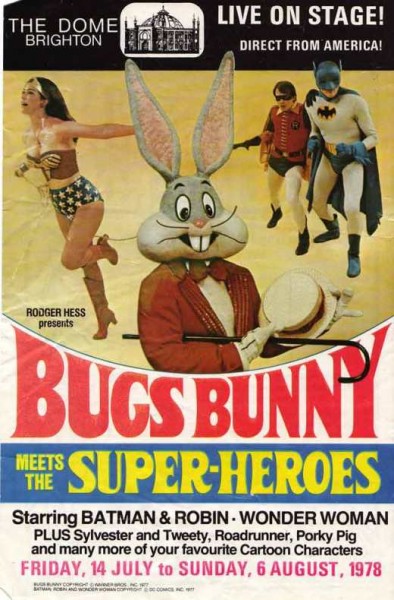 themselves as celebrities even at the peak of their respective vehicles.”
themselves as celebrities even at the peak of their respective vehicles.”
Imagine how much more crowded the convention circuit would be!
In essence Nobleman is giving these performers recognition for how their performances contributed to our entertainment. It is interesting to note that celebrity itself, today, is such a common element that the ‘star system’ of the Hollywood of old is an increasingly unusual idea. Every player, performer, musician and walk-on part once associated with a piece of entertainment has a recognition factor now these days. It is only right and proper that the faces we may have seen but not be able to connect to a name, or story get their share. “Most of the people I interviewed for this feature had not only had zero online presence but also had never even been interviewed when they were in their roles! There just weren’t outlets for that kind of thing in the 1970s and early 1980s, other than relatively obscure fanzines. So I wanted to try to retroactively cover these people for the record before it’s too late.”
This period in question is also known as the last Golden Age of Hollywood, one that Peter Biskind asserts in his book ‘Easy Riders and Raging Bulls’ ended because the likes of Star Wars and Jaws leapfrogged quality films into the cinemas by inspiring the blockbuster. The B-Movie became a thing of the past, with Spielberg and Lucas redefining what cinema was. That in turn has given rise to our current generation, more knowledgeable about comics and superheroes than any before. “I think the golden age of geek culture is now, when even people who have never read a comic book go see superhero movies. When some of those superhero movies are 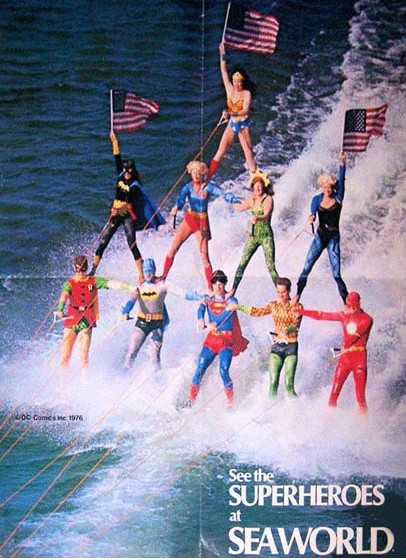 about characters that are not quite mainstream. When Aquaman can be a recurring punchline on late-night talk shows—and people get the jokes.”
about characters that are not quite mainstream. When Aquaman can be a recurring punchline on late-night talk shows—and people get the jokes.”
In tracking down his interview subjects, Nobleman had a mixture of responses –
“The most common reaction was skepticism. “People remember? People care?” The only people who turned me down were a couple of Sea World skiers and a couple of “Bugs Bunny Meets the Superheroes” performers, mostly for reasons I don’t know. And some took more than a little persuasion, such as Bo Rucker. For the most part, the people I approached were happy to oblige, though (as you can see) some were more forthcoming than others. But that’s bound to be the case with any such group.”
The resulting feedback was quite encouraging for the writer, with the material drawing in a new readership and increased support for his work. Apparently the most common response on the site was “Now I no longer will wonder whatever happened to him/her!”
When considering the work of these performers, it is important to note how film-makers today have perhaps become too eager to rely on CGI’d crowd scenes – just think of the Coliseum from Ridley Scott’s Gladiator, not to mention the resurrection of Oliver Reed as a computer generated phantom – missing out on memorable faces, actions and even off-the-cuff dialogue from an over-excited extra. It is also worth noting that before The Simpsons popularized the idea of celebrity voice actors, few who worked in the industry gained as much recognition as is given to the likes of Arleen Sorkin, Tara Strong, or even Mark Hamill.
So pop on over to Nobleman’s site and investigate our geek inheritance for yourselves!










